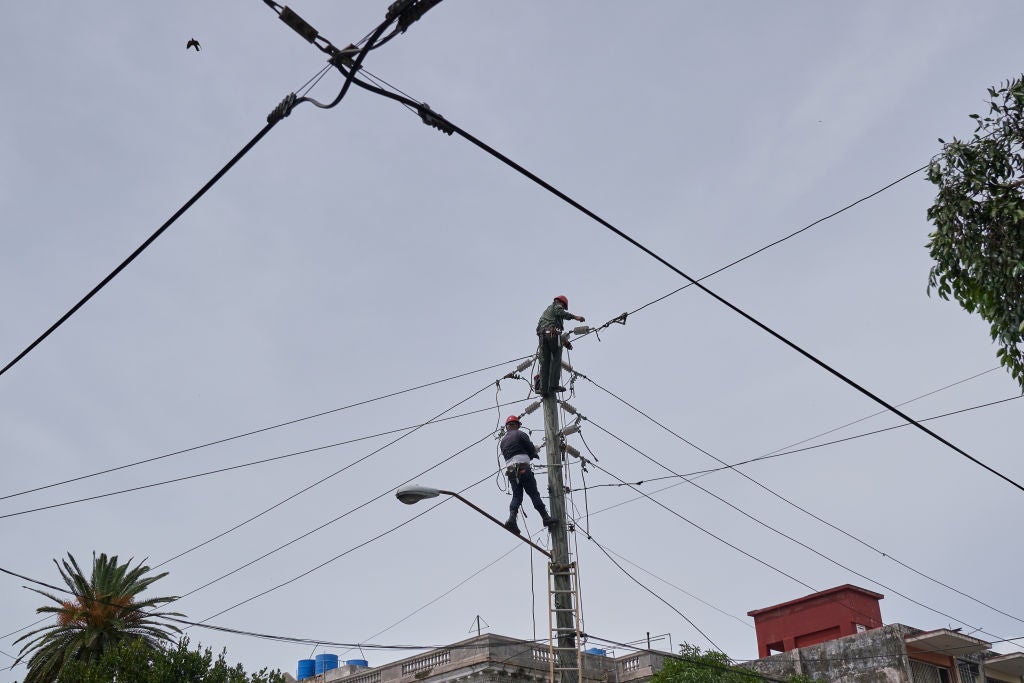Cuba switched off nearly three-quarters of its public lighting during peak hours on Tuesday to cope with a worsening energy shortage, local media reported.
The country has been plagued with power outages for several years, but the situation has deteriorated quickly over recent months due to a lack of fuel and ageing infrastructure.
According to state media, the State Electrical Union (UNE) on Saturday estimated there was more than 1GW of generation deficit across the country, caused primarily by a lack of fuel and total shutdowns of several thermoelectric power units either due to planned maintenance or unexpected breakdowns.
On Monday, the availability of the National Electroenergy System (SEN) at 7:00am local time was 1.95GW, but demand was 2.14GW, Cibercuba reports. Some regions have been experiencing blackouts for 12 hours a day.
Cuban Minister of Energy and Mines Vicente de la O Levy told a council of ministers meeting that the decision to turn off public lighting was one of many taken to attempt to prolong supply. Other measures included shuttering thousands of state services and shifting production to lessen the burden on the grid and limit blackouts.
Cuba is dependent on imports for its energy supply. Since 2019, its gross domestic product has declined 10% as a deepening economic crisis continues to plague the country. The country’s Communist government blames Trump-era US sanctions targeting tourism, medical services and remittances, with the pandemic worsening an already precarious economic situation.
De la O Levy said last month that Cuba has only received 46% of its planned fuel imports, causing blackouts across the country, although its capital Havana managed to stay online.
In February, the country was hit by rolling blackouts lasting three hours on average. The fresh power cuts will likely worsen the situation, which is expected to last until at least May.









